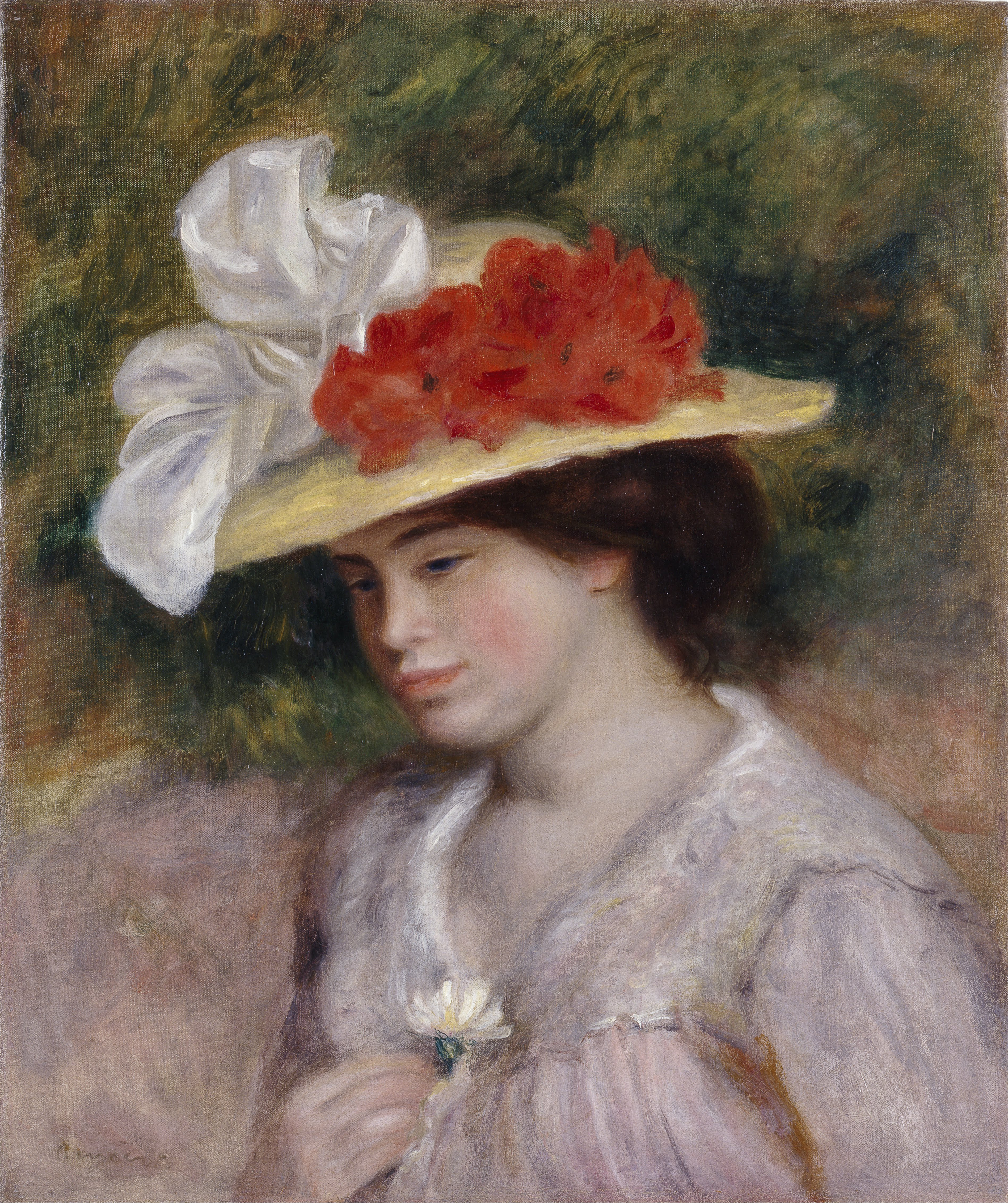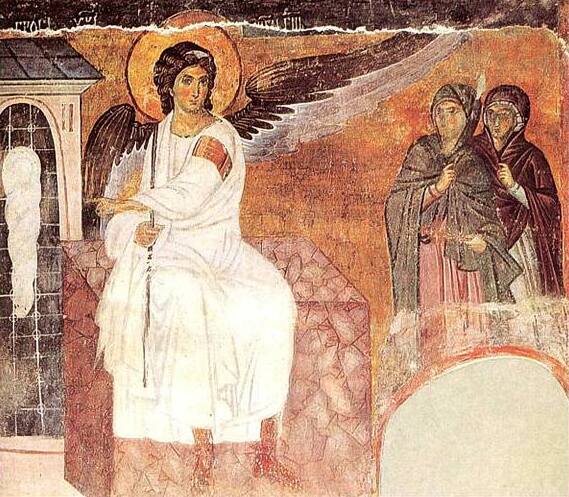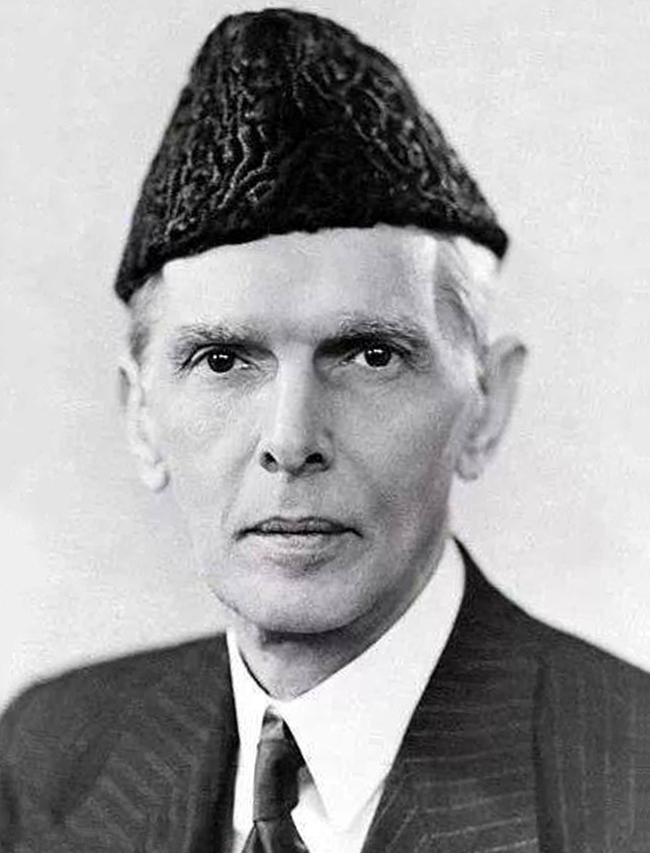|
Å¡ubara
The ''šubara'' ( sr-cyr, шубара) is a type of traditional male winter hat used by the Serbs in folk attire. It is in a conical or cylindrical shape predominantly in black colour, because of the black lamb/sheep fur (woollen). It is a traditional peasant hat used in harsher and colder times. It was used in the World War I by the Serbian soldiers and by the Chetniks in World War II and again during the Yugoslav Wars. It usually has the cockade (''kokarda'') of the Serbian eagle or other Serbian symbols. See also * Serbian Folk attire *Goran Šubara Goran Šubara is an Australian football (soccer) player. Šubara is of Serbian descent. He is a versatile footballer who is able to play in the centre of midfield or in defence. Club career Šubara showed terrific form for the Bonnyrigg White ..., Australian Serb footballer * Petar Šubara, Yugoslav major (Šubara was a nickname) *Woolen hats used by other peoples: ** Ushanka, Hat used in Russia (Soviet fur cap) ** ... [...More Info...] [...Related Items...] OR: [Wikipedia] [Google] [Baidu] |
Serbian Clothing
Serbian traditional clothing, also called as Serbian national costume or Serbian dress ( sr, / , plural: / ), refers to the traditional clothing worn by Serbs living in Serbia, Croatia, Bosnia and Herzegovina, Montenegro, and the extended Serbian diaspora communities in Austria, Australia, Bulgaria, Canada, France, Germany, Greece, Hungary, North Macedonia, Romania, Russia, Slovenia, United States, etc. Like any traditional dress of a nation or culture, it has been lost to the advent of urbanization, industrialization, and the growing market of international clothing trends. The wide range of regional folk costumes show influence from historical Austrian, Hungarian, German, Italian, and Ottoman Turkish presence. Nonetheless, the costumes are still a pinnacle part of Serbian folk culture. From the 19th century and onwards, Serbs have adopted western-styled clothing. This change has started in larger settlements such as cities and towns, although it was not uncommon to s ... [...More Info...] [...Related Items...] OR: [Wikipedia] [Google] [Baidu] |
Serbian Dress
Serbian traditional clothing, also called as Serbian national costume or Serbian dress ( sr, / , plural: / ), refers to the traditional clothing worn by Serbs living in Serbia, Croatia, Bosnia and Herzegovina, Montenegro, and the extended Serbian diaspora communities in Austria, Australia, Bulgaria, Canada, France, Germany, Greece, Hungary, North Macedonia, Romania, Russia, Slovenia, United States, etc. Like any traditional dress of a nation or culture, it has been lost to the advent of urbanization, industrialization, and the growing market of international clothing trends. The wide range of regional folk costumes show influence from historical Austrian, Hungarian, German, Italian, and Ottoman Turkish presence. Nonetheless, the costumes are still a pinnacle part of Serbian folk culture. From the 19th century and onwards, Serbs have adopted western-styled clothing. This change has started in larger settlements such as cities and towns, although it ... [...More Info...] [...Related Items...] OR: [Wikipedia] [Google] [Baidu] |
Papakhi
Papakha (; , ; ; ce, холхазан-куй, holhazan-kuy; , ; ) is a wool hat worn by men throughout the Caucasus and also in uniformed regiments in the region and beyond. The word ''papakha'' is of Turkic origin (''papakh)''. Styles There are two different Caucasian papakhas. One, called a ''papaha'', is a high fur hat, usually made of karakul sheepskin. The hat has the general appearance of a cylinder with one open end and is set upon the head in such a way as to have the brim touch the temples. Some examples have ear-flaps which can be folded up when not in use. The other style is called a ''kubanka'', and is similar to the papaha, but shorter and without ear-flaps. Prevalence Papaqs are very important to mountainous peoples’ of the Caucasus, where a man's hat is considered a very important part of his identity. Papakhi are donned by the Circassians, Chechens, Dagestanis, Ingush and other Caucasian tribes. Papakhas are also donned in Georgia mostly worn in moun ... [...More Info...] [...Related Items...] OR: [Wikipedia] [Google] [Baidu] |
Woolen Clothing
Woolen (American English) or woollen ( Commonwealth English) is a type of yarn made from carded wool. Woolen yarn is soft, light, stretchy, and full of air. It is thus a good insulator, and makes a good knitting yarn. Woolen yarn is in contrast to worsted yarn, in which the fibers are combed to lie parallel rather than carded, producing a hard, strong yarn.Burnham (1980), p. 191 Commercial manufacture The woolen and worsted process both require that the wool (and other similar animal fibres, cashmere, camel, etc.) be cleaned before mechanical processing. Woolen and worsted nomenclatures apply only to the textile processing of animal fibres, but it has become common to include fibre blends under these terms. The resultant fabrics will be classified as being either woolen or worsted, but this designation is assigned during fiber processing and yarn formation, not in the cloth or finished garment. A woven woolen fabric is one which is subjected to fabric finishing techniq ... [...More Info...] [...Related Items...] OR: [Wikipedia] [Google] [Baidu] |
Hats
A hat is a head covering which is worn for various reasons, including protection against weather conditions, ceremonial reasons such as university graduation, religious reasons, safety, or as a fashion accessory. Hats which incorporate mechanical features, such as visors, spikes, flaps, orthodontic headgear, braces or party hat, beer holders shade into the broader category of headgear. In the past, hats were an indicator of social status. In the military, hats may denote nationality, branch of service, rank or regiment. Police typically wear distinctive hats such as peaked caps or brimmed hats, such as those worn by the Royal Canadian Mounted Police. Some hats have a protective function. As examples, the hard hat protects construction workers' heads from injury by falling objects, a British police Custodian helmet protects the officer's head, a sun hat shades the face and shoulders from the sun, a cowboy hat protects against sun and rain and an ushanka fur hat with fold-down ... [...More Info...] [...Related Items...] OR: [Wikipedia] [Google] [Baidu] |
Caps
Caps are flat headgear. Caps or CAPS may also refer to: Science and technology Computing * CESG Assisted Products Service, provided by the U.K. Government Communications Headquarters * Composite Application Platform Suite, by Java Caps, a Java framework * Computer Animation Production System, a film animation post-production system developed by Walt Disney Feature Animation and Pixar Biology, medicine and psychology Genetics * Calcyphosin, the CAPS gene and its protein * Cleaved amplified polymorphic sequence, markers used to detect a polymorphic sequence Medical conditions * Auditory processing disorder (APD), formerly Central Auditory Processing Syndrome * Catastrophic antiphospholipid syndrome * Cryopyrin-associated periodic syndrome, a spectrum of autoinflammatory syndrome Other uses in biology, medicine and psychology * CAPS (buffer), N-cyclohexyl-3-aminopropanesulfonic acid, in biochemistry, a buffering agent * Cognitive-affective personality system, a model within p ... [...More Info...] [...Related Items...] OR: [Wikipedia] [Google] [Baidu] |
Headgear
Headgear, headwear, or headdress is the name given to any element of clothing which is worn on one's head, including hats, helmets, turbans and many other types. Headgear is worn for many purposes, including protection against the elements, decoration, or for religious or cultural reasons, including social conventions. Purposes Protection or defence Headgear may be worn for protection against cold (such as the Canadian tuque), heat, rain and other precipitation, glare, sunburn, sunstroke, dust, contaminants, etc. Helmets are worn for protection in battle or against impact, for instance when riding bicycles or motor vehicles. There are also hats that are worn for protection from the cold. Fashion Headgear can be an article of fashion, usually hats, caps or hoods. The formal man's black silk top hat was formerly an indispensable portion of the suit, and women's hats have, over the years, attained a fantastic number of shapes ranging from immense confections to no more than a f ... [...More Info...] [...Related Items...] OR: [Wikipedia] [Google] [Baidu] |
Serbian Culture
Serbian culture is a term that encompasses the artistic, culinary, literary, musical, political and social elements that are representative of Serbs and Serbia. History The Byzantine Empire had a great influence on Serbian culture as it initially governed the Byzantine and Frankish frontiers in the name of the emperors. Serbs soon formed an independent country. They were baptised by Eastern Orthodox missionaries and adopted the Cyrillic script, with both Latin and Catholic influences in the southern regions. The Republic of Venice influenced the maritime regions of the Serbian state in the Middle Ages. The Serbian Orthodox Church gained autocephaly from Constantinople in 1219. The pope declared Stefan the First Crowned king, starting a prosperous medieval period of Serbian culture. The Ottoman Empire conquered the Serbian Despotate in 1459, ending a cultural and political renaissance. Ottomans ruled the territory and influenced Serbian culture, especially in the southern ... [...More Info...] [...Related Items...] OR: [Wikipedia] [Google] [Baidu] |
1920s Fashion
Western fashion in the 1920s underwent a modernization. For women, fashion had continued to change away from the extravagant and restrictive styles of the Victorian and Edwardian periods, and towards looser clothing which revealed more of the arms and legs, that had begun at least a decade prior with the rising of hemlines to the ankle and the movement from the S-bend corset to the columnar silhouette of the 1910s. Men also began to wear less formal daily attire and athletic clothing or 'Sportswear' became a part of mainstream fashion for the first time. The 1920s are characterized by two distinct periods of fashion: in the early part of the decade, change was slower, and there was more reluctance to wear the new, revealing popular styles. From 1925, the public more passionately embraced the styles now typically associated with the Roaring Twenties. These styles continued to characterize fashion until the worldwide depression worsened in 1931. Overview After World War I, the U ... [...More Info...] [...Related Items...] OR: [Wikipedia] [Google] [Baidu] |
Karakul (hat)
A Karakul hat (Dari language, Dari/Urdu/Pashto/Uzbek Language, Uzbek/Kashmiri language, Kashmiri: ), sometimes spelled as Qaraqul hat, also called Uzbek hat and Jinnah Cap is a hat made from the fur of the Qaraqul breed of Domestic sheep, sheep. Karakul directly translates to black fur in the Uzbek Language, Uzbek language and the hat originally comes from Bukhara. The fur from which it is made is referred to as ''Astrakhan'', ''broadtail'', ''qaraqulcha'', or ''Persian lamb''. The hat is peaked, and folds flat when taken off of the wearer's head. The cap is typically worn by men in Central Asia, Central and South Asia. It was worn by Amanullah Khan, the former List of monarchs of Afghanistan, king of Afghanistan, and Muhammad Ali Jinnah, the founding father of Pakistan. The karakul, which had distinguished all educated urban men since the beginning of the 20th century, has fallen out of fashion in Afghanistan and Pakistan. Soviet Politburo hat In the Soviet Union, the karakul ... [...More Info...] [...Related Items...] OR: [Wikipedia] [Google] [Baidu] |







